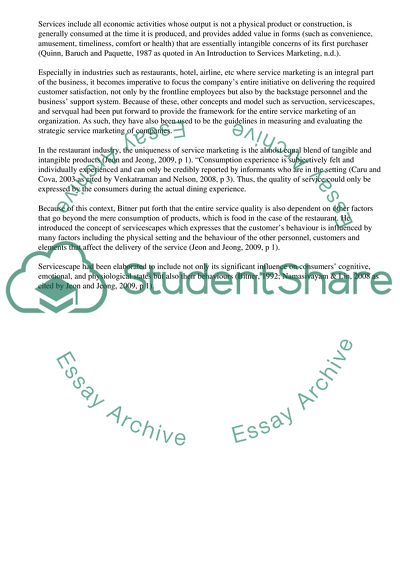Cite this document
(Strategic Service Evaluation of Subway and Nandos Restaurants Case Study, n.d.)
Strategic Service Evaluation of Subway and Nandos Restaurants Case Study. Retrieved from https://studentshare.org/management/1734343-services-marketing-management-strategic-service-evaluation
Strategic Service Evaluation of Subway and Nandos Restaurants Case Study. Retrieved from https://studentshare.org/management/1734343-services-marketing-management-strategic-service-evaluation
(Strategic Service Evaluation of Subway and Nandos Restaurants Case Study)
Strategic Service Evaluation of Subway and Nandos Restaurants Case Study. https://studentshare.org/management/1734343-services-marketing-management-strategic-service-evaluation.
Strategic Service Evaluation of Subway and Nandos Restaurants Case Study. https://studentshare.org/management/1734343-services-marketing-management-strategic-service-evaluation.
“Strategic Service Evaluation of Subway and Nandos Restaurants Case Study”. https://studentshare.org/management/1734343-services-marketing-management-strategic-service-evaluation.


